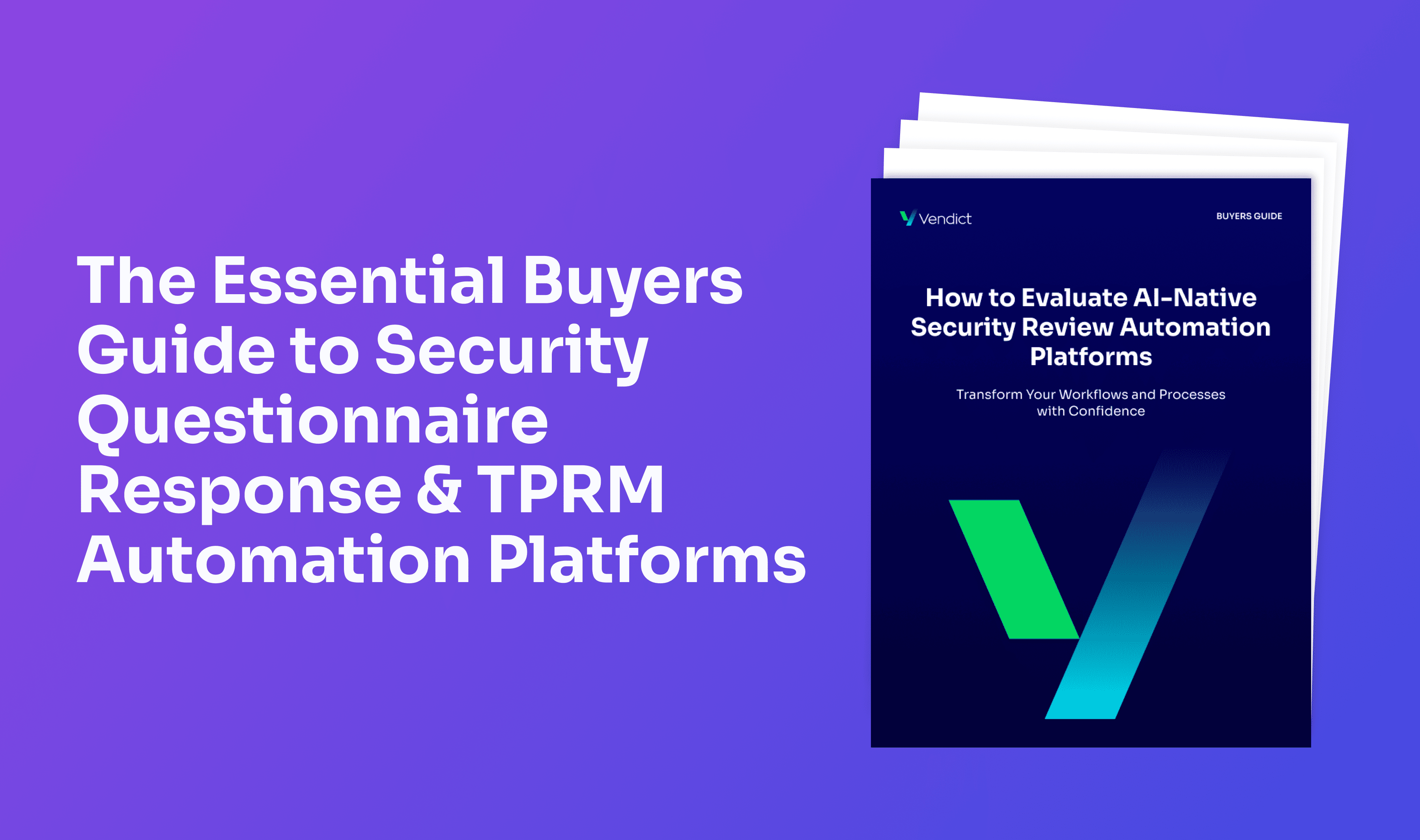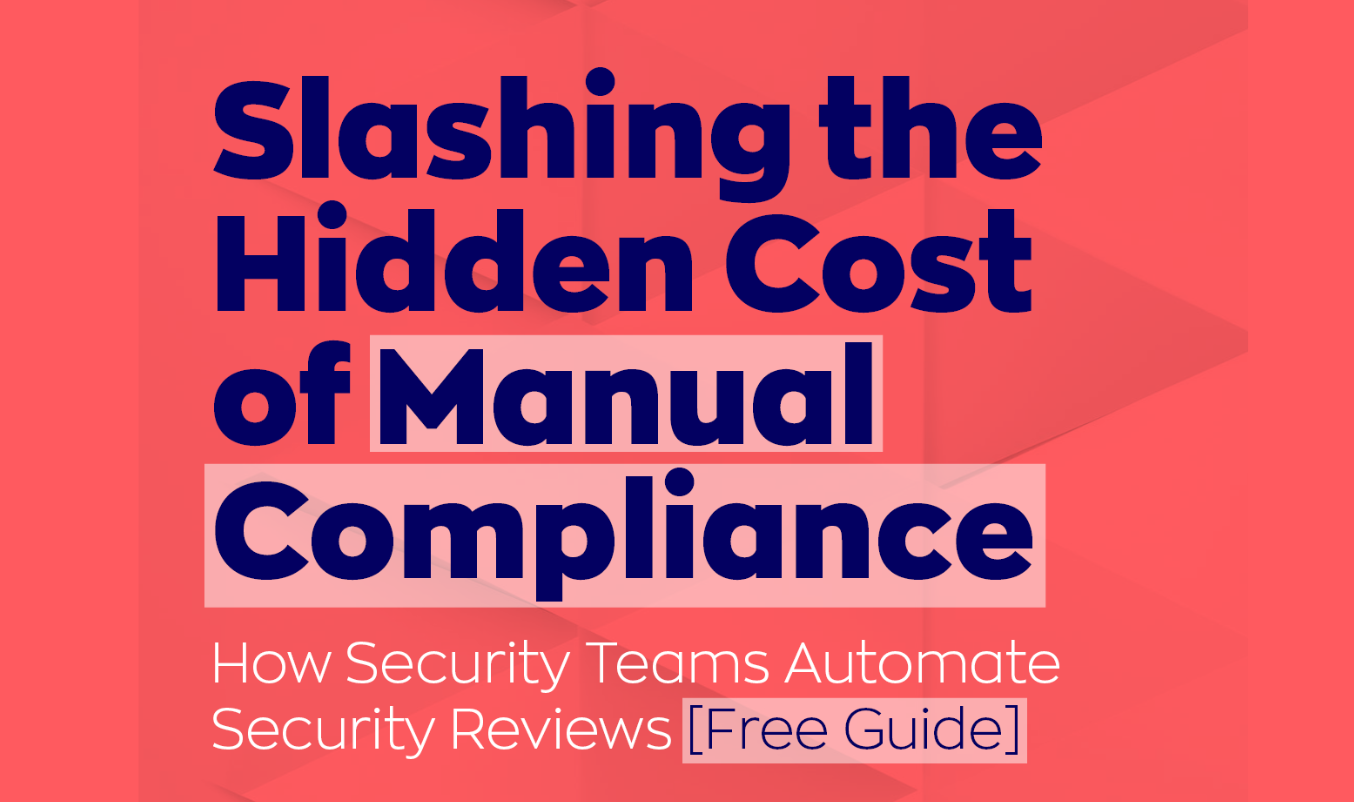Best Practices for Establishing a Third-Party Risk Management Framework

In a world where partnerships and collaborations are key to innovation and success, forming alliances with third-party vendors has become indispensable. These alliances are a wellspring of growth and ingenuity, but they also open doors to potential risks, particularly in cybersecurity domains. As reliance on external collaborations intensifies, addressing the accompanying risks is crucial.
A Third-Party Risk Management Framework (TPRMF) serves as an essential safety measure, acting as a secure foundation, enabling businesses to forge fruitful alliances without compromising their security.
This article offers insights into the realm of third-party risk management, highlighting its significance, essential components, and the available tools that enhance efficiency in the process.
What is a Third-Party Management Framework?
A Third-Party Risk Management Framework isn’t just a collection of complex corporate terms; it’s essentially a roadmap designed to guide businesses in managing relationships with their external partners, vendors, contractors, or suppliers. Companies lean more on external entities to boost efficiency and drive growth in today's interconnected business landscape. This means navigating a web of relationships, each with its unique set of potential vulnerabilities and risks.
A solid Third-Party Risk Management Framework acts as a safeguard here, providing structured processes to mitigate any potential threats that might arise from these partnerships. It’s not just about laying down rules; it’s about constructing a resilient system that integrates risk management at every stage of the partnership, ensuring a secure, compliant, and optimized collaboration for the organization.
The Importance of Third-Party Management Frameworks
In our globalized world, partnerships with external entities, from suppliers to contractors, have become a cornerstone of modern business operations. However, with the growth of these partnerships comes a surge in potential risks. That's where Third-Party Risk Management Frameworks step in.
Each external partnership brings its unique benefits and potential challenges. Without a structured approach, it can be tricky to manage these partnerships effectively. These frameworks help businesses identify and categorize risks, making communicating the importance of cybersecurity and other safety measures easier. Furthermore, not all partners play the same role in an organization.
A well-crafted framework allows businesses to rank their partners based on importance, ensuring that key collaborators get the attention they deserve. At its core, this isn't just about dodging risks; it's about streamlining operations, meeting compliance requirements, and building strong, trust-filled partnerships.
Main Components of Third-Party Management Frameworks
A Third-Party Risk Management Framework isn’t a one-size-fits-all solution; it’s built from several crucial elements, each pivotal in managing risks associated with external collaborations. Let’s break down these elements to understand what makes a framework robust and effective:
- Risk Assessment and Due Diligence: This is the starting point, where potential partners are thoroughly evaluated to understand the risks they might bring.
- Vendor Selection and Contracting: Based on the assessments, this step ensures that the right partners are chosen, and agreements are created to safeguard the organization’s interests.
- Ongoing Monitoring and Performance Management: Partnerships are dynamic, requiring constant monitoring and adjustments to keep things on track.
- Risk Mitigation and Remediation: When a risk surfaces, this element ensures prompt actions are taken to address it and repair any harm caused.
- Contract Renewal and Termination: This involves reviewing partnerships and deciding whether to continue or conclude agreements based on performance and risk factors.
- Reporting and Communication: Keeping everyone informed is vital. This ensures that all critical information is shared clearly and promptly.
By understanding these components, organizations can ensure they have a solid foundation to build a framework that keeps third-party collaborations secure, efficient, and aligned with their goals.
What to Consider When Choosing a Third-party Risk Management Framework
Choosing the right Third-Party Risk Management Framework is like choosing the right vehicle—it needs to fit the unique journey of the organization. Knowing precisely what the organization seeks to accomplish with this framework is essential. Having clear goals will act as a compass, guiding the adaptation of the framework to meet specific organizational needs.
Balancing Compliance, Scalability, and Data Security
Every industry and every region has its rules and regulations, and a suitable framework should help an organization adhere to these. Yes, this compliance is about following the law but also about maintaining trust with partners and customers.
Furthermore, a framework should be like a living, breathing entity, with the flexibility and scalability to evolve as the business grows and changes. In today’s digital world, where data breaches are, unfortunately, becoming commonplace, prioritizing data security within the framework is not a choice but a necessity.
Incorporating Stakeholder Feedback for a Robust Framework
Lastly, engaging with internal and external stakeholders is critical. This means considering the inputs and concerns of everyone, from executives and IT teams to vendors and customers. Taking a holistic approach, considering insights from every angle, can help sculpt a framework that’s robust, universally accepted, and understood.
Best Practices for Establishing a Third-party Risk Management Framework
Establishing a Third-Party Risk Management Framework is a priority for modern businesses. Its core purpose? To streamline and safeguard our collaborations with external partners, be it vendors or contractors.
Central to the success of this framework is the backing of top management. When the leadership is on board, it sends a clear message across the organization about the framework's importance. With this support, clear guidelines can be set, ensuring everyone knows their role when dealing with external partners. This clarity means that each time the organization interacts with or evaluates an external entity, there’s consistency in the process.
Next, come the contracts. They are the backbone of any external collaboration. A well-drafted contract doesn’t just define the terms of a partnership but also sets the boundaries, especially in areas critical to the business, like data security.
But this isn’t a one-off task. Regular communication and training sessions are necessary for the framework to remain effective. This keeps everyone updated and aligned with the framework's objectives. And when unforeseen challenges crop up, as they sometimes do, having a swift response mechanism is crucial.
Now, who champions this framework within the organization? The Governance, Risk, and Compliance (GRC) teams typically lead the way. However, given the intricacies of managing third-party risks, there’s a strong case for having a dedicated team or department focusing on it. This specialized attention, coupled with the broader oversight of the GRC teams, ensures that every external collaboration is both productive and protected.
What are the Main Third-Party Risk Management Framework Challenges?
Establishing an effective Third-Party Risk Management Framework (TPRMF) isn't without its hurdles. Recognizing these challenges is the first step towards addressing them effectively:
- Vendor Complexity and Volume: The sheer number of third-party entities, combined with their varied operational structures, can make risk management an intricate task. This complexity requires a framework that can handle the volume without compromising the depth of risk assessments.
- Limited Visibility: Gaining a comprehensive view of all third-party operations can be challenging, especially when these entities have their own subcontractors (fourth parties). This can lead to blind spots in risk assessments.
- Data Security and Privacy Concerns: With increasing cyber threats and stringent data protection regulations, ensuring the security and privacy of data shared with third-party entities becomes paramount.
- Regulatory Compliance: Different industries and regions have their own regulations. Ensuring that third-party collaborations remain compliant can be difficult, especially when operating on a global scale.
- Lack of Standardization: With diverse third-party entities come diverse operational procedures. This lack of standardization can make integrating and managing these entities into the parent organization's operations a complex task.
It's important to note that while these challenges might seem daunting, they can be effectively managed with the right strategies and a robust TPRMF, ensuring smooth third-party collaborations.
Bottom Line
In the modern business world, collaborations with external partners are invaluable, yet they come with complexities and risks. A robust Third-Party Risk Management Framework isn't just a shield but a strategic tool. It ensures businesses can maximize the benefits of these partnerships while maintaining security and compliance.
Every facet of this framework, from partner selection to ongoing monitoring, is pivotal. The framework becomes even more effective with clear objectives, stakeholder engagement, and adaptability.
A proactive approach to third-party risk management will be crucial as businesses expand their external collaborations. Those with a solid framework will be best positioned to navigate challenges and harness the benefits of our interconnected business landscape.
.png)








.png)
